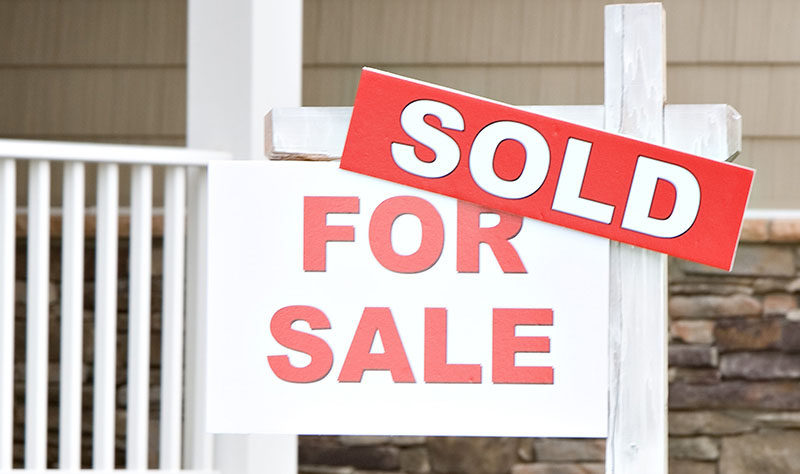While the hot real estate market of the last few years has cooled, many would-be younger homebuyers continue to struggle to purchase homes in the face of limited housing supply, partly because older homeowners aren’t selling.
Industry analysts say there are several reasons for the shortage of housing on the market in the U.S. In the wake of the Great Recession, the nation underinvested in new homes, failing to keep up with demand. Local land-use zoning and regulations in many communities make it difficult for builders and developers to launch projects. And during the COVID-19 pandemic, supply-chain shortages and a tight labor market slowed the pace at which builders could complete new projects.
But one of the most significant trends affecting housing supply is the aging of the baby boomer generation—those born between 1946 and 1964. They currently own more than 30 million homes in the U.S. Unlike generations before them that may have sold homes later in life to downsize, move in with family members, or move to an assisted living facility, boomers are choosing to age in place. Instead of putting their homes up for sale, they staying put, reducing the possibilities for new buyers.
Data from the Seattle-Tacoma-Bellevue metropolitan area bears that out. People here who are 65 and older account for 25 percent of owner-occupied households, and 58 percent of those homeowners have lived at their current addresses for 20 or more years. Those figures are close to or identical to the national numbers of 32 percent and 58 percent, respectively.
Baby boomers have held a consistent share of real estate wealth in the U.S. for at least a quarter-century. According to the Federal Reserve, boomer-owned real estate surpassed 40 percent of the national total in the mid-1990s and has hovered between 40 percent and 50 percent ever since. In the same period, younger generations have entered the homebuying market. Their combined shares of real estate assets have grown from near zero to more than 45 percent, mostly due to a decline of home ownership among people born between 1928 and 1945.
According to the Census Bureau, people older than 65 represent 17 percent of the country’s population but account for 32 percent of owner-occupied homes.
